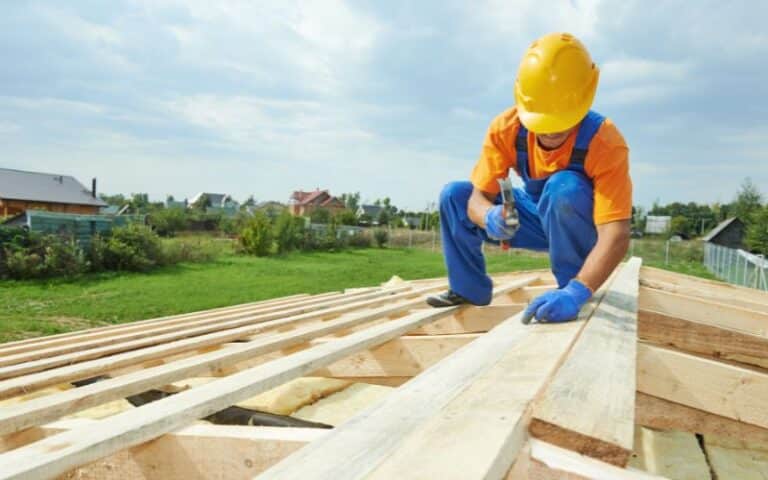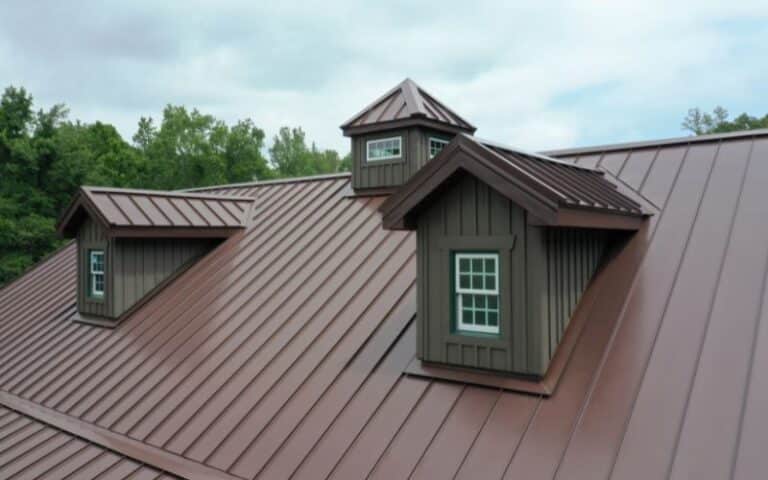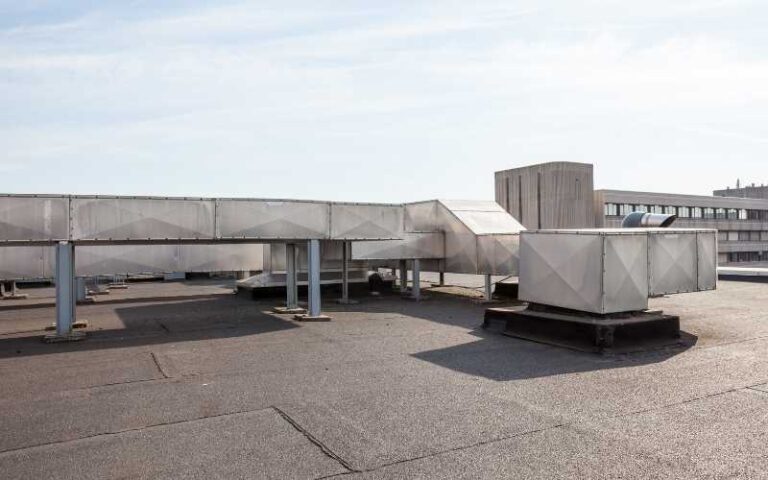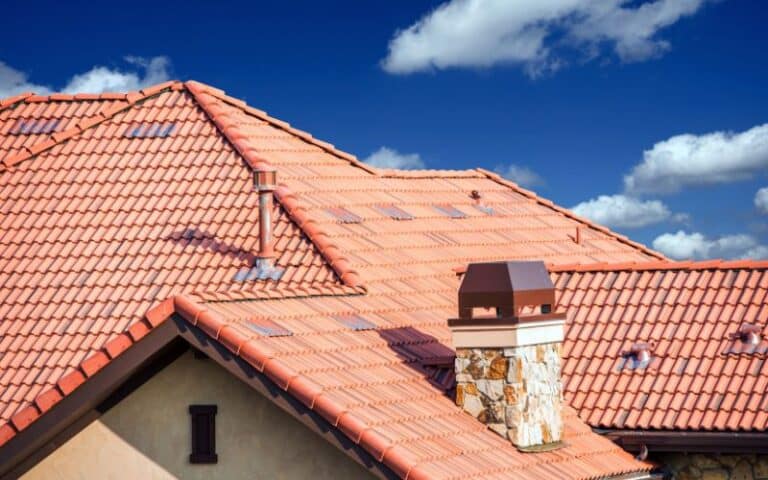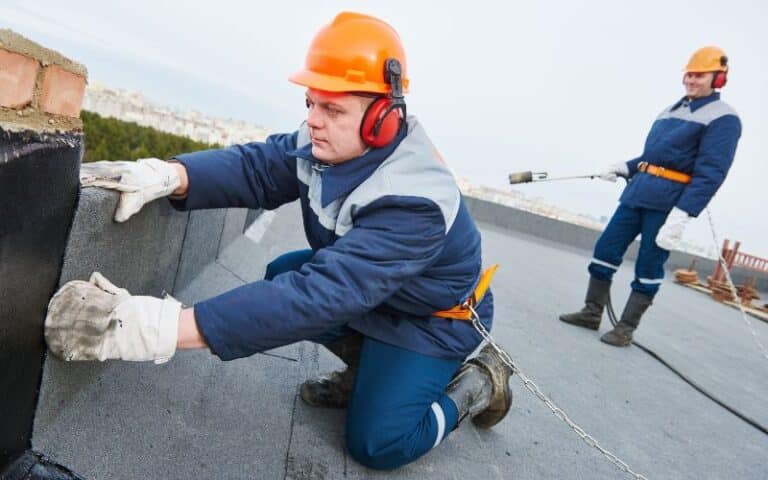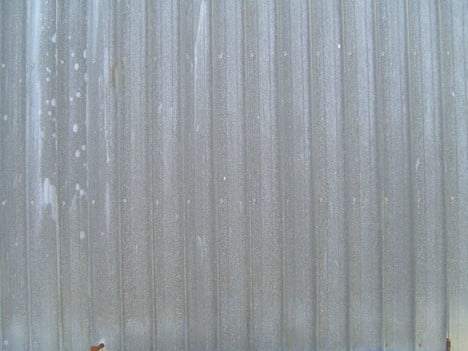Your roof is your first line of defense against all external phenomena. It protects you from rain, poor weather conditions, pests, pollutants, etc.
Hence, the last thing you want is to see it damaged. Unfortunately, minor roof damage is often unavoidable, and it often shows up in the form of roof leaks.
Leaving it isn’t an option, but you need to know how to fix a leaking roof from the outside.
To fix a leaking roof from the outside, you have to find the original damage location, repair damaged flashing/shingle, clean the gutters, and check and replace the roof vent if necessary.
By making timely repairs, you can prevent mold, unpleasant odors, and structural damage.
I mentioned fixing it from the outside because I wanted to address external roof damage. Such damage does not involve plumbing and includes roofing repair, gutter maintenance, etc.
This blog post will mention common causes of roof leaks and guide how to fix a leaking roof.
Ready for a Roofing Quiz?
How to Fix a Leaking Roof from the Outside
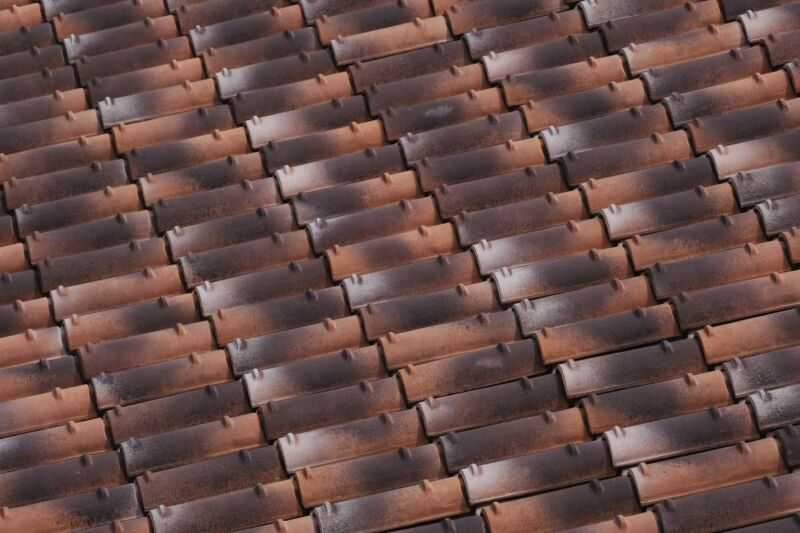
I have addressed the causes of roof leaks and explained why they could be dangerous.
Therefore, it is now time to shift to the core topic: how to fix a leaking roof from the outside. Let’s check out the following factors:
#1. Find the Original Damage Location
Firstly, you will need to examine your roof to find the source of the problem. Keep in mind that the damage could have spread to other areas, so confirm it is the source instead of jumping at the first damage.
Until you solve the original problem, it will continue to reappear and cause unnecessary inconvenience.
#2. Repair Damaged Flashing/Shingles
External damage often results from flashing or shingle damage. Hence, you need to determine which happened first and start repairing accordingly.
Dry up the area before completing repairs to prevent further damage.
If either is too deteriorated to fix, it is best to connect with roof contractors to get them replaced.
#3. Clean the Gutters
Keeping the gutters clean is essential to avoid clogged and causing water damage. Hence, you will need to conduct regular roofing repair and maintenance to ensure they remain clean and working.
You can also take this opportunity to wash your roof and keep all the trash away. This effort is common and will help extend the roof’s life.
#4. Check and Replace Roof Vent if Necessary
Roof vents are small protrusions on the top, regulating the temperature inside. It also removes humidity and refreshes the air, allowing you to feel healthier.
Damage to the vent can cause humidity to remain trapped inside the house, causing water damage. Hence, it is best to keep your roof vent well-maintained and in the best condition.
Common Causes of Roof Leaks
Roof leaks have numerous causes, but some happen more frequently than others. Following are the four most common causes of roof leaks that you can fix from the outside:
#1. Broken Shingles
Shingles are the outermost layer of the roof and are structured to offer maximum protection. However, they age and deteriorate over time, causing them to become weak.
The weakness means trauma from objects falling will lead to cracks in their structure.
Once cracks appear, it becomes easy for moisture to become trapped inside and travel downwards to damage the internal structure.
#2. Damaged Flashing
Flashing is a thin layer under shingles that blocks the water from seeping through the gaps. Any damage to this layer increases the risks of roof leaks and subsequent water damage.
Like shingles, flashing mostly becomes damaged over time or due to heavy storms causing deterioration.
#3. Clogged Gutters
Gutters are meant to carry excess water dripping from the roof and deposit it away.
However, this structure is not protected and often becomes clogged with wind, twigs, dust, and other materials, which become stuck.
Once clogged, the gutter can no longer deposit water efficiently, leading it to remain stagnant near walls and roofs.
#4. Ice Buildup
If you live in a region that gets exceptionally cold, this situation will sound familiar. Ice buildup happens when it snows, or any moisture on the roof gets frozen into sleet due to the cold temperature.
The problem is that this moisture remaining on the roof damages the material and can cause roof leaks eventually.
Why Leaking Roofs Are Dangerous
Roofing damage may not seem like a huge problem, but it is. This minor problem becomes much bigger when left unchecked and can multiply the damage several times.
Following are common ways roof leaks damage your home:
#1. Internal and External Structural Damage
Water leaking through your roof is bad news for your home. If not repaired on time, the water will seep into your walls and start weakening them from inside.
The problem is that you’ll often not notice this damage until it is too late.
Additionally, roof leaks also damage paint and plaster on the outer part of the wall, leaving it vulnerable and unappealing.
#2. Molding
Mold growth is a typical result of moisture retention.
Although there aren’t any strict regulations regarding molding, this damage is hazardous for people with mold allergies and weak immune systems. It also damages structures, so the issues are multifold.
Additionally, unchecked mold growth also becomes an infestation and can spread to other properties in the area.
#3. Unpleasant Odors
Stagnant water and moisture attract germs, bacteria, and other pathogens. These microorganisms often cause extremely pungent odors that can spread inside your house through roof leaks.
Depending on the scale, these odors can make it challenging for people to continue living on the property until the damage repair is done.
Unpleasant odors also show that the pathogens have started accumulating, which is another cause for concern. These germs are often infectious and can lead your family members or staff to fall sick.
Wrapping Up
My guide on how to fix a leaking roof from the outside mentions basic cleaning, like gutter cleaning and roofing damage repair.
I hope you enjoyed reading this blog and found solutions for roof leaks to prevent future events from happening in the future.

